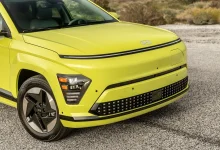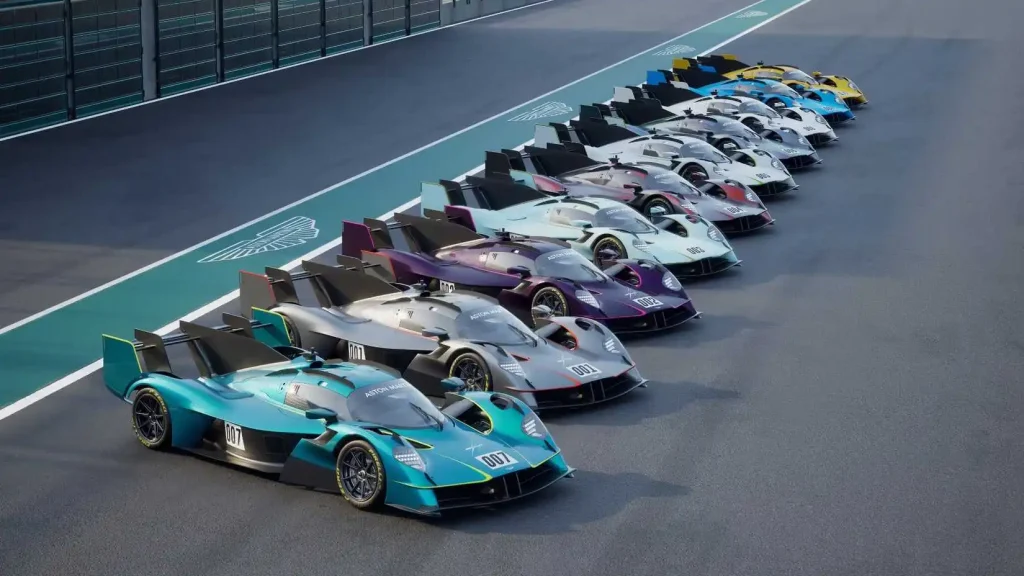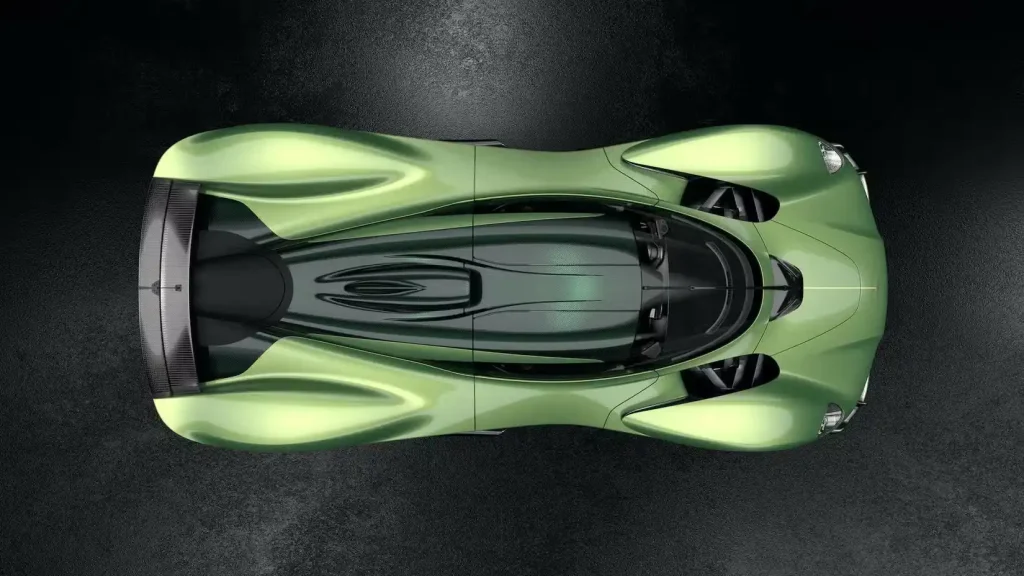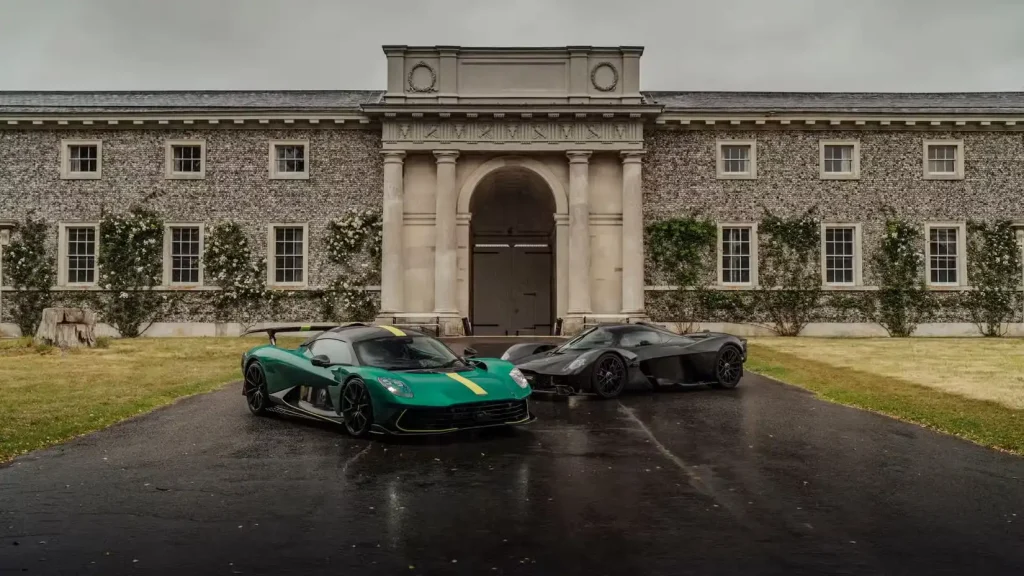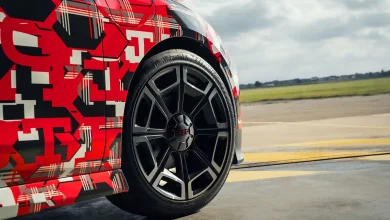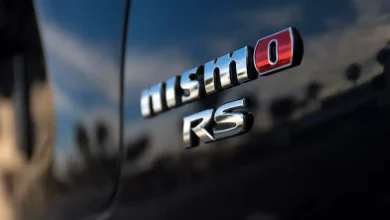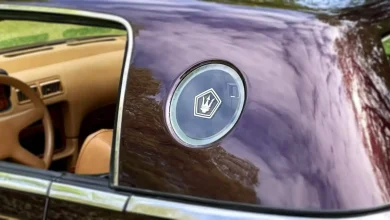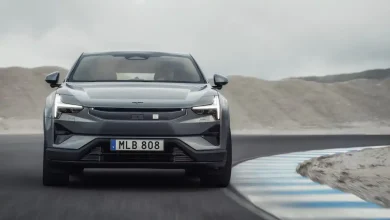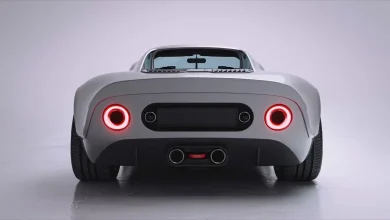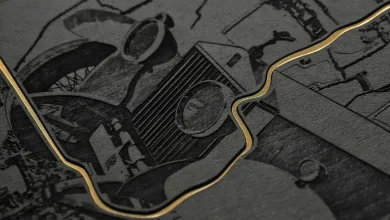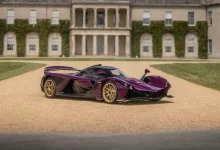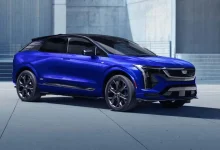Aston Martin Is Turning A Color Into A Brand Identity
“Aston Martin is thriving, with green lights on the streets and healthy numbers in the ledger.”
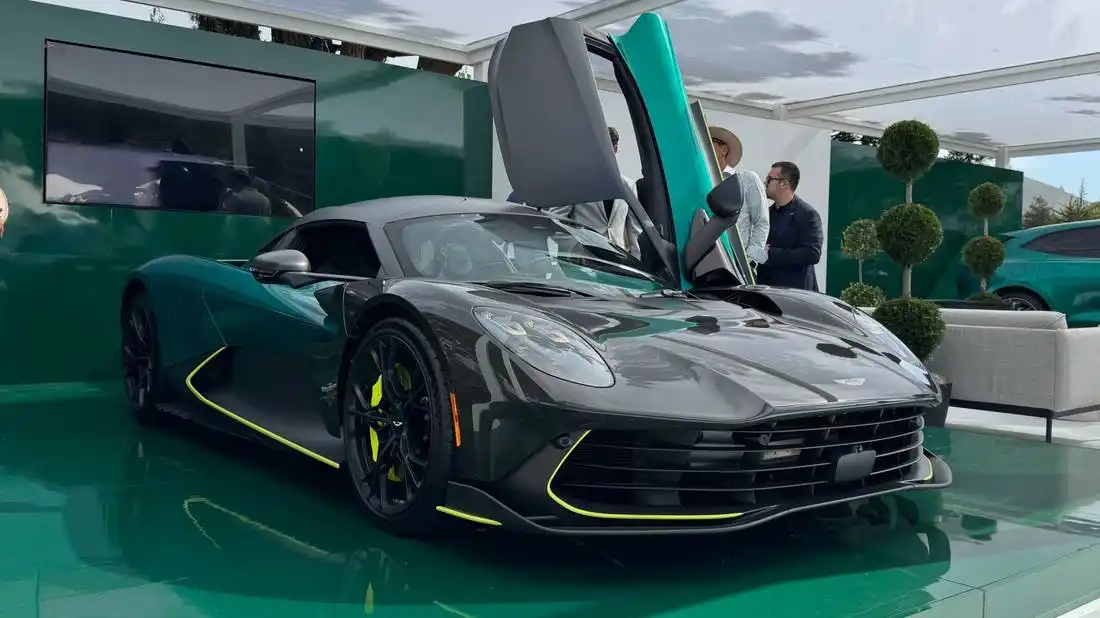
With apologies to Kermit, being green isn’t always tough—at Aston Martin, it’s proving to be quite rewarding. The iconic British marque has noticed a shift in its customers’ tastes, moving away from subdued whites, silvers, and blacks toward vibrant greens accented with bold, eye-catching details. In a delightful turn of events, HARJA spoke with Aston’s Executive Vice President and Chief Creative Officer, Marek Reichman, at Monterey Car Week to explore the brand’s new color strategy—why green has become a favorite, and how the move is being influenced by Aston’s foray into Formula 1.
Valkyrie Buyers Prioritize Style Over Resale
Aston Martin ultra-exclusive Valkyrie set the tone, according to Reichman. Buyers of the brand’s most exceptional, high-ticket models aren’t concerned about resale or the next owner. “It’s their car for themselves, and it’s a special car,” he explained. “They focus far more on the impression the car makes and how it aligns with their personal feelings and beliefs.”
Reichman revealed that 30–35% of all 275 Valkyries were finished in green. Last year, Aston Martin reported that 12% of its cars rolled off the production line in British Racing Green—twice as many as the next-most-popular color—and that nearly a quarter of all vehicles were painted in one of nine green shades. The trend isn’t solely tied to the brand’s Formula 1 entry. Reichman described the surge in green as a happy coincidence, noting that the color has simply become fashionable.
“It’s fantastic because we are green. We stand for green,” Reichman said. The color’s popularity, combined with its established presence in the brand’s identity, gave Aston’s designers the freedom to explore a wider spectrum of green shades. This allowed them to cater to buyers eager for the trendy hue. Reichman also acknowledged the subtle influence of Formula 1, noting that seeing Aston’s green on TV sparks interest. The brand’s green returned to F1 in 2021, appearing on both the medical car and the safety car, sharing duties equally with Mercedes-AMG.
Reichman noted that green is also ideal for showcasing a car’s design. “It highlights the contours, the shadows, and really defines the bodywork,” he said.
Color Shapes Image, and Green Accentuates Design
Reichman emphasized that color plays a crucial role in defining both a vehicle’s image and that of its driver. He cited the Aston Martin DB5 as an example: in one of its striking Caribbean or deep blues, people immediately recognize the car for what it is—a DB5. Opt for silver, and the reactions from onlookers are likely far less distinct, he noted.
“Drive a silver DB5, and people immediately think, ‘Oh my God, it’s James Bond!’ Color becomes a key part of your identity through image.”
– Marek Reichman, Aston Martin chief creative officer
The connection between racing, Britain, and green dates back to 1903. Before corporate sponsorships, race cars were painted to represent their country. That year, the UK hosted the Gordon Bennett Cup, a major international race held in Ireland, and British cars were painted green. Although a British car didn’t win, the color endured. The darker shade now known as British Racing Green first appeared in 1929.
One Aston customer highlighted just how much color matters. “I got an email in the middle of the night,” Reichman recalled. Half-asleep, he read that a customer couldn’t decide between Fiamma Red and other options. “I thought, ‘Come on, man, it’s Fiamma! You’ve got to go Fiamma!’”

